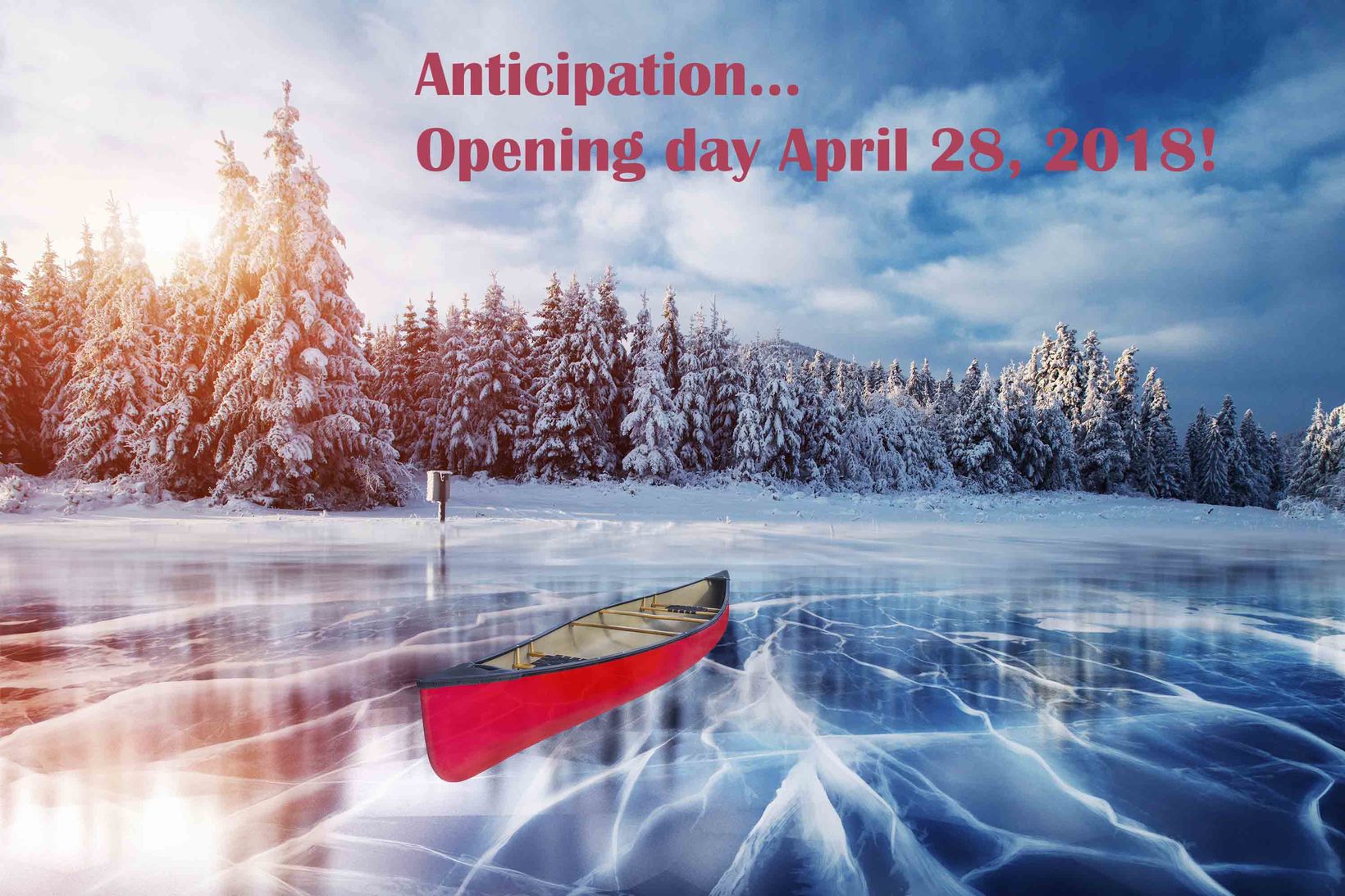Every year it starts...the anticipation - when will it really all go out? This year is different...
For the first time that I can remember, Algonquin Park's official site, The Friends of Algonquin has announced "a delay in facilities opening." An unusually late start to the spring thaw has those keen to go trout fishing or to launch their canoe for its first of the season paddle - are paying closer attention to ice out predictions. Those in the business of forecasts are suggesting below seasonal temperatures until April 21st. So the aniticaption has ramped up!
I must reveal that I am not only thinking of our fantastic Voyageur Quest Outfitting customers eager to get paddling. This year, we are excited to be launching new construction projects and that close to shore melt is a must for work to begin!
Though historical melt data is varied, lakes typically free themselves of ice on average in the range of late April to early May. One of Algonquin's largest lakes, for example, Lake Opeongo, records a range of ice out dates from March 29th to May 15th.
A little research reveals that thawing occurs in four different ways:
Top Surface Melting is most impacted by warm winds. Apparently, 24 hours of a 10 degree C thaw with winds in the 32-48 kph range can melt a couple of inches or more of ice. In comparison, a heavy rain over 24 hours with only moderate wind will result in about an inch of ice loss.
Internal melting is driven most strongly by sunlight but can also occur more slowly even in cloud cover. This melt is slow to be sure but it can weaken the ice dramatically especially when the snow layer disappears.
Under-ice Melting is most commonly caused by currents in the water under the ice.
Wind driven rafting: When the ice is weakens enough or the wind is strong enough, the ice may be pushed over itself at pressure ridges or onto the shore. The wind needs to be over 30 kph and most thick ice rafting occurs at wind speeds greater than 48 kmph.
The data records for Opeongo made me think of our Lake Kawawaymog (often referred to as Round Lake) at Algonquin Park Access Point #1. Unlike Opeongo with max depths of 49m, our lake is a shallow one recording a high of 20 m deep. Science teaches that since water is good at holding heat, the more water there is, the more heat it will hold. This is why large deep lakes take longer to freeze and melt than small shallow lakes. Yeah! Yeah for our shallower lake! If you are trying to decide where - Voyageur Quest Outfitting at Algonquin Park Access Point #1 should afford you an earlier ice out and canoe in ...
We look forward to seeing you soon!

